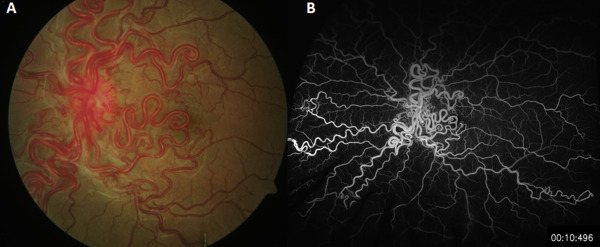
Welcome to my daily learning journal. My daily goal is to watch one Ted Talk and one cataract surgery. I also plan to read one journal article and read/listen to a book chapter, podcast, or significant work.
Here’s today’s list:

1. Ted Talk – Laura Trice: Remember to say thank you. “In this deceptively simple 3-minute talk, Dr. Laura Trice muses on the power of the magic words “thank you” — to deepen a friendship, to repair a bond, to make sure another person knows what they mean to you. Try it.” (ted.com)
I am constantly inspired by those who shared genuine gratitude. This 3-minute talk is excellent on the power of saying thank you.

2. Cataract Surgery – Uday Devgan MD – Patient moving during cataract surgery. “Many patients ask us what will happen if they move during cataract surgery. What if they need to sneeze or cough? We have covered that topic and we can assure patients that everything will be just fine. This case is very different: the patient violently shakes her head and whole body about every 15 seconds. And the systemic medical problems preclude her from having general anesthesia. How can we help this patient?”
Dr. Devgan performs an excellent case and shares pearls on the power of gratitude towards a patient.

3. Reporting Guidelines for Artificial Intelligence in Medical Research. Campbell, J. Peter; Lee, Aaron Y.; Abràmoff, Michael; Keane, Pearse A.; Ting, Daniel S.W.; Lum, Flora; Chiang, Michael F. et al. Ophthalmology, Volume 127, Issue 12, 1596 – 1599.
**This will become a sentinel paper on AI in ophthalmology. Well-written.
These issues may be compounded by the fact that many AI algorithms are not interpretable. This would not necessarily be a problem, because a clinician’s judgment is not always interpretable either, except that minor perturbations in input parameters often can affect the output unpredictably and in a way that is nonintuitive, and the causes of these errors often are not identified unless they are specifically looked for.
(Love “because a clinician’s judgment is not always interpretable either”!)

4. Chris Voss and Tahl Raz, Never Split the Difference. Chapter 4. Beware “Yes” – Master “No.”
These skills can be applied in everyday negotiations!



